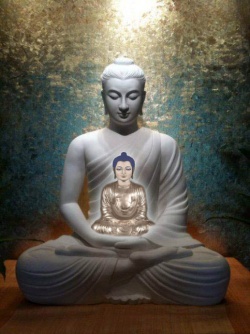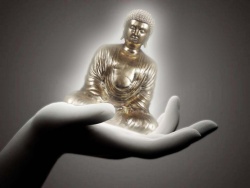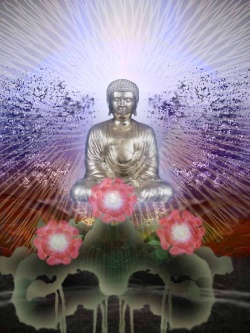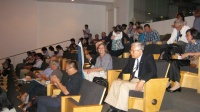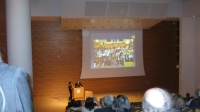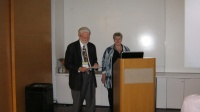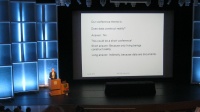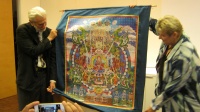Chinese Buddhist Encyclopedia
|
Start to read here |
Tibetan Buddhist Encyclopedia Illustrations
Some of the Buddhist Illustrations created by Tibetan Buddhist Encyclopedia are free for everyone to use.
We would appreciate your feedback on Tibetan Buddhist Encyclopedia.
Please send us your thoughts and opinions by e-mail
Here you can read media articles about the Tibetan Buddhist Encyclopedia which have been published all over the world
This server is managed by Eugene Rossin
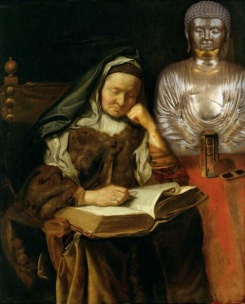
|
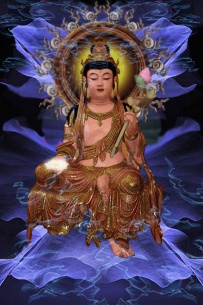
|

|

|
| To display all subcategories click on the "►": | |||||||||
► Buddhas |
|||||||||
► Deities |
|||||||||
► Mahayana |
► Rituals |
► Sangha |
|||||||
► Sutras |
► Zen | ||||||||
The Buddhism & Australia Inc declares that | |
| The Chinese Buddhist Encyclopedia is an online platform for gathering, preserving, translating, publishing, and spreading the message of Buddha through, historic and contemporary texts, articles, books, videos, and photos all related to Buddhism.
The aim of the project is to create an advanced online source of Buddhist knowledge by bringing together Chinese and English speaking Buddhists, academics, students, and organizations such as universities, temples, monasteries, and communities. The Chinese Buddhist Encyclopedia is a vast project that will take decades to reach its final potential and will continuously leverage the development of computer technology and the internet to reach this potential. The Chinese Buddhist Encyclopedia has many stages of development:
Initially the Chinese Buddhist Encyclopedia will be in two languages – Chinese Mandarin and English. The author and the team of the Chinese Buddhist Encyclopedia project have a clear plan and vision to develop the Chinese Buddhist Encyclopedia in variety of different languages. Although the Chinese Buddhist Encyclopedia emphasizes different forms of Chinese Buddhism, it does not exclude any traditions, views, or materials which are not directly related to China; in this sense we can call it a World Buddhist Encyclopedia. The symbolic meaning and purpose of the name - Chinese Buddhist Encyclopedia- is to further develop the understanding and cooperation between users of the two most widely spoken languages in the world. It is also a matter of fact that China has a long history, the biggest Buddhist population in the world, and tremendous potential to develop and preserve Buddhist teachings in the 21th century. Using an academic approach, we provide the opportunity to handle all materials and information scientifically, making them accessible for modern people. By giving a detailed overview of Buddhism, we will create the opportunity for future generations to continue building on this Encyclopedia further spreading awareness and the message of Buddha. Our key aim is preservation; it is vital in these rapidly changing times to gather all available materials and translate and digitize them. The progression of computers and the internet poses a great danger to traditional forms of Buddhist materials and their use by the general public, and if Buddhism does not adapt to this changing scenario, it risks being forgotten and lost. These changing times also provide new opportunities, the Chinese Buddhist Encyclopedia being just one example of how these changes can be skillfully used to the advantage of Buddhism. The author and key contributor to the Chinese Buddhist Encyclopedia, Vello Vaartnou, has had this strong vision for many years. The Chinese Buddhist Encyclopedia idea was officially introduced to the public in the ECAI (Electronic Cultural Atlas Initiative) conference in Berkeley in December, 2012. The first posted entries for Chinese Buddhist Encyclopedia took place in November 2012 and has since grown to 92,392 entry's. "A thousand mile journey starts with a single step!" |
Back in Berkeley
Two people from Buddhism & Australia, Vello Vaartnou and Marju Broder represented Australia at the UC Berkeley PNC conference that was held on 16-18 August, 2016 in Los Angeles.
The PNC was founded at the University of California, Berkeley and it encourages scholars, academic institutions, and universities to collaborate and exchange their academic resources and research expertise.
It is really wonderful, that Western Australia which is usually known for the mining boom, was represented by two people who deal with the academic aspect of Buddhism on international level. Until today, Western Australian universities do not have Buddhist studies at all.
Prof. Emeritus Lewis Lancaster from UC Berkeley was the key speaker of the first International Conference Buddhism & Australia was very satisfied with the conference, academic presentations and organizational work. He considered that it is necessary to establish connection between Perth and UC Berkeley
Already in 2012, Vello Vaartnou represented Australia at the UC Berkeley and introduced his century project, an online Chinese Buddhist Encyclopedia to the international audience. Last year, Australia was represented by Marju Broder at the Berkeley PNC conference at the University of Macau, where the projects of Buddhism & Australia were discussed.
Two research papers on Buddhist history was presented at the PNC 2016 in Los Angeles this year. Vello Vaartnou research introduced Buryat Buddhist history( Samdan Tsydenov, Bidja Dandaron and the Abbot of Kumbum) and Marju Broder talked about Karl Tonisson, the father of Estonian Buddhism and his connections with Buryatia and Asian countries.
Guru mandala thanka made by Vello Vaartnou was presented to UC Berkeley and Prof. Lancaster
·

